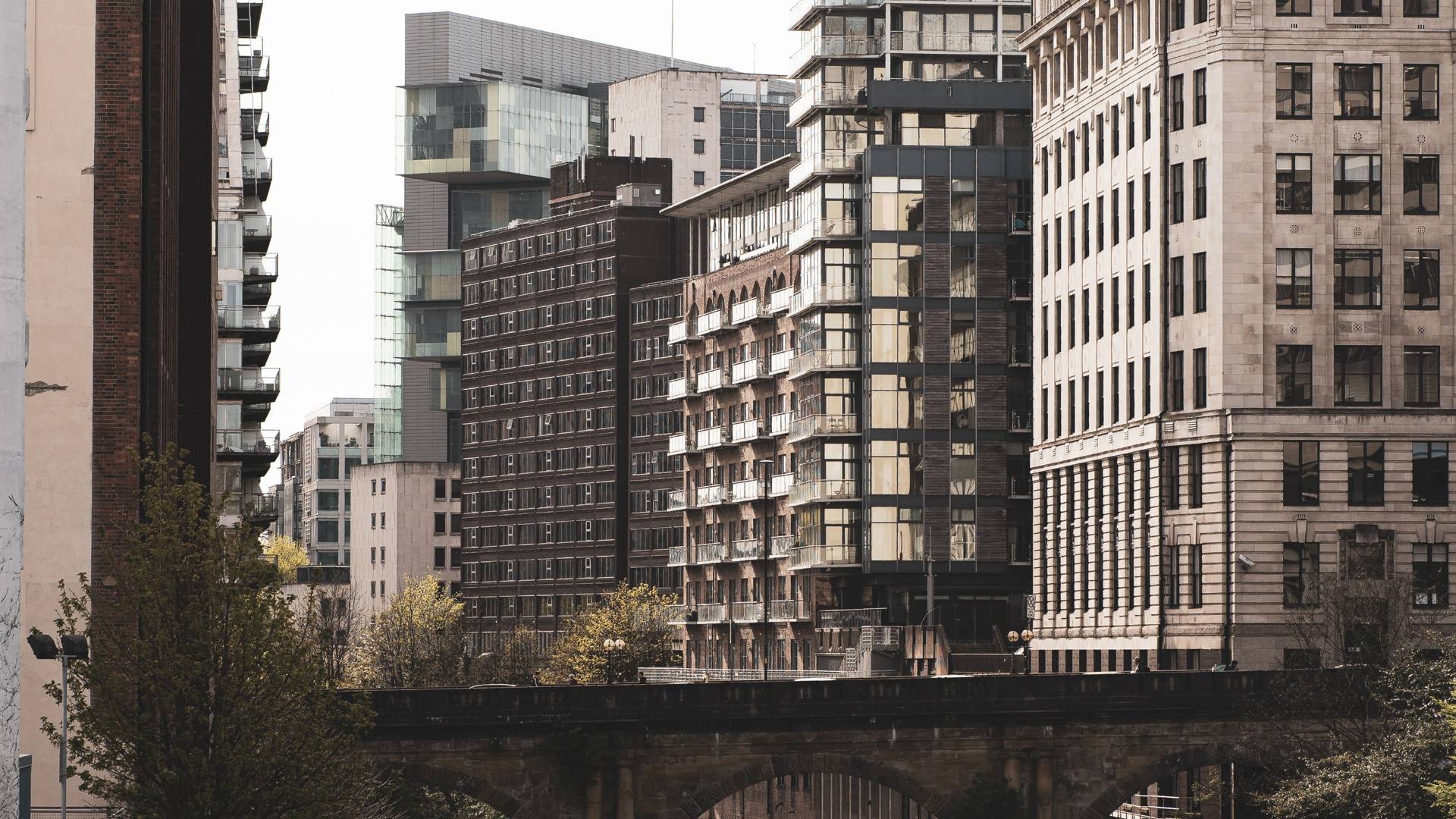
RAAC
Latest
-
The chair of a cross-party committee of MPs has written to the Housing Minister to request an update on the government’s assessment of risk from Reinforced Autoclaved Aerated Concrete (RAAC) in residential buildings.
In his letter, Clive Betts, chair of the levelling up, housing and communities committee, asked Lee Rowley what the department’s current assessment of RAAC risk is in both residential and non-domestic buildings.
This was one of several questions, including a request for details of the latets gudiance to local authorities, information about the funding avaulable for RAA risk mitigation and for an update on what the government is doing to identiy and mitigate risks.
Betts said that given the “urgency of these matters” he would like a response before parliment’s recess on Tuesday.
Betts said: “There are well-publicised concerns about the use of RAAC in public buildings such as schools and hospitals but there is also concern about the use of RAAC in housing.
“It’s important the government spells out its assessment of the risk in residential buildings, in social housing and local authorities’ estates and what guidance it is giving to residents and landlords on the risk of RAAC.”
- Structural Safety
- RAAC
-
The extent to which Reinforced Autoclaved Aerated Concrete (RAAC) is present in residential buildings and the risk levels presented is currently unclear, and we appreciate that media coverage, conflicting reports and misinformation may be leading to questions and concerns from clients and residents alike. RAAC is a form of lightweight concrete sometimes referred to as panels. It was used primarily in roof planks of some public buildings built between the mid-1950s and mid-1990s.
The Construction Leadership Council (CLC) in conjunction with the Cabinet Office and other government departments have set up the RAAC Industry Response Group. The group met up for the first time on Thursday 7th September) and over the coming weeks will investigating scale and risks and developing further guidance. The Property Institute and our sector is represented on the group by Mark Snelling, our health, safety and fire consultant.
Whilst further investigation is carried out into the scale and risks, and guidance for the residential sector is developed, The Property Institute is engaging with technical colleagues and industry peers to help shape guidance specifically for managing agents, landlords and residents, which we will share with you as soon as any is available, particularly in relation to high-rise buildings and the Building Safety Act 2022.
Please ensure that, if you are undertaking any investigate or survey work, you seek advice to ensure that such costs incurred are reasonable and proportionate.
- Structural Safety
- RAAC
-
RAAC is a building material used in some buildings to form roof planks, wall panels, and sometimes floor planks, between the mid-1950s and mid-1990s.
If properly designed, manufactured, in good condition and with good bearing, RAAC installations are considered safe. However, the panels can creep and deflect over time, and this can be exacerbated by water penetration. A more recent incident indicated that if they have insufficient bearing and their structural integrity is compromised, they can fracture and collapse with little or no warning.
The Institution of Structural Engineers (IStructE) have issued guidance about RAAC to enable building managers and their consultants to manage the situation, established a RAAC working study group, and created a list of professionally qualified structural engineers (Chartered or Incorporated Members) who have declared their experience in providing technical solutions for managing RAAC planks.- Structural Safety
- RAAC